"Give me a place to stand, and I shall move the Earth with it' is a remark of Archimedes who formally stated the correct mathematical principle of levers" - Pappus of Alexandria.
The lever, yet another simple engine, consists of a beam (or rigid rod) pivoted on a fixed hinge or fulcrum. Levers are incredibly useful devices that can be used to provide mechanical advantage to move very heavy objects with relatively little effort, otherwise known as leverage.
Depending on where the fulcrum is located as well as the load and effort, levers can be divided into three types:-
- Class 1 levers are those where the fulcrum is located in the center of the beam. Examples include a seesaw or a crowbar.
- Class 2 levers are those where the load (resistance) is located in the middle. Examples include a wheelbarrow or brake pedal.
- Class 3 levers are those where the effort is located in the middle. Examples include tweezers or even your own jaw.
Levers are first identified in the works of Archimedes in the 3rd Century BC,

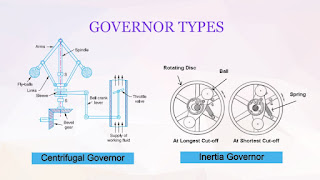









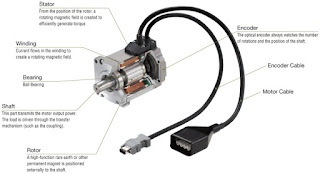

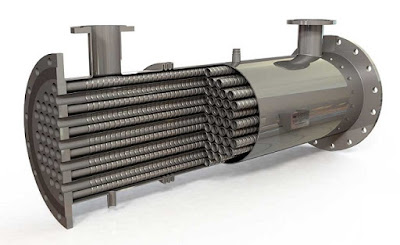
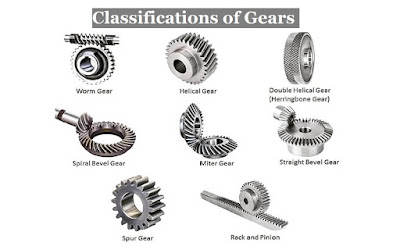
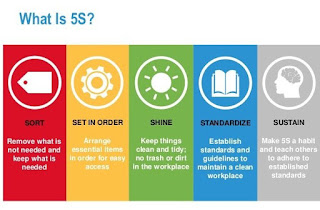
Comments
Post a Comment